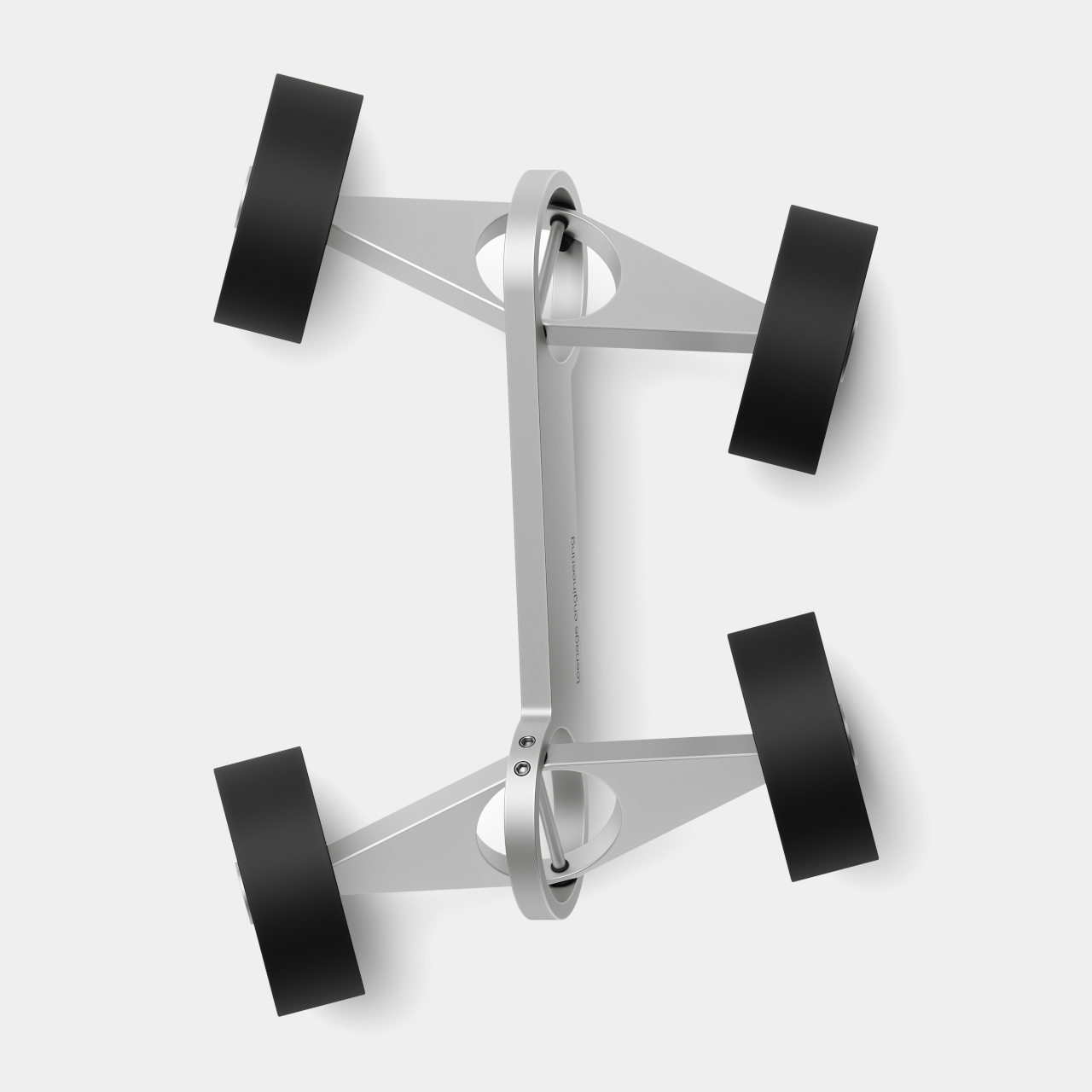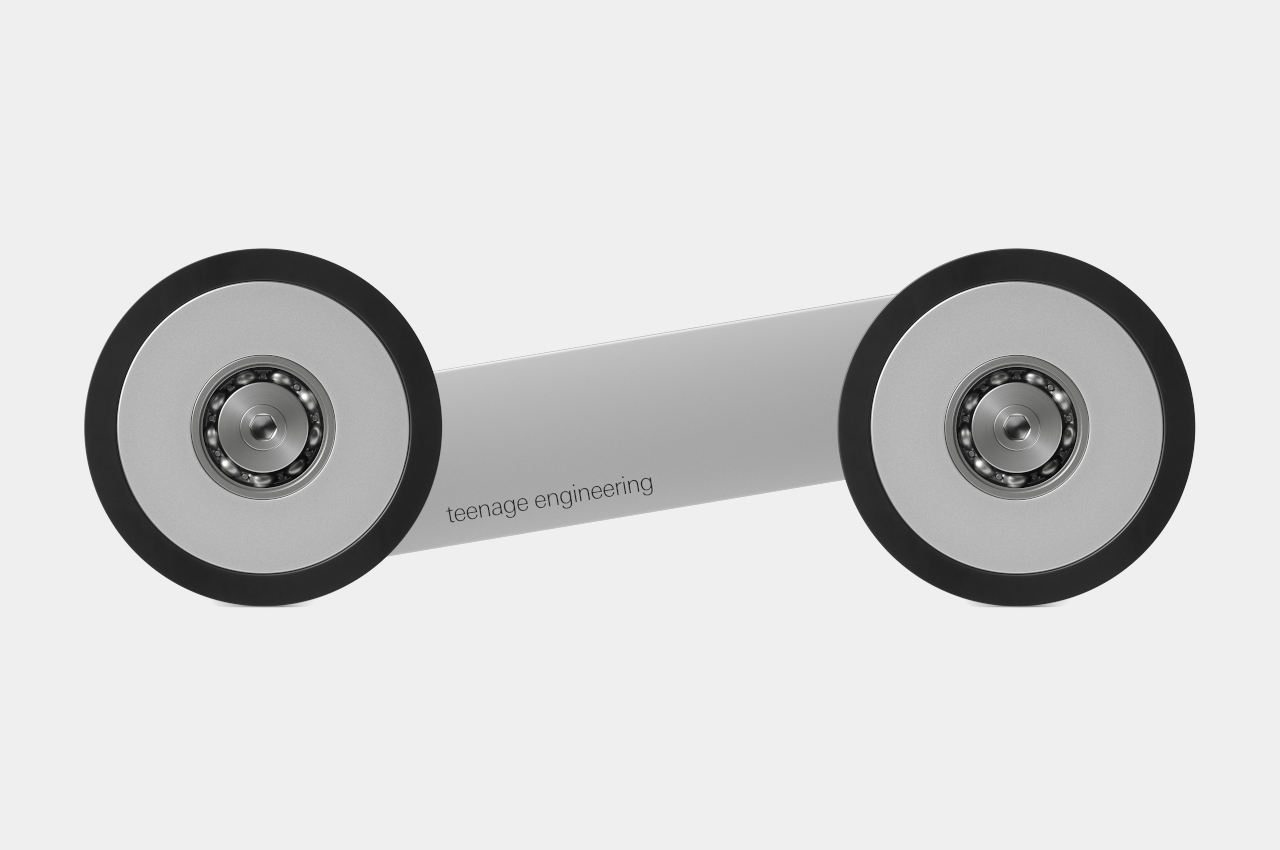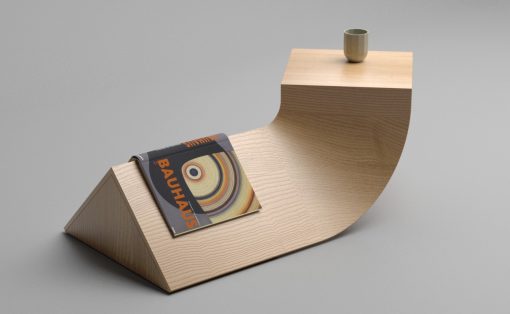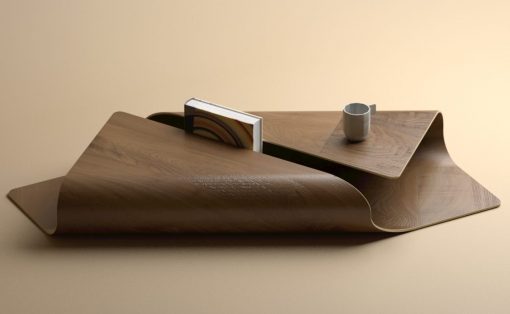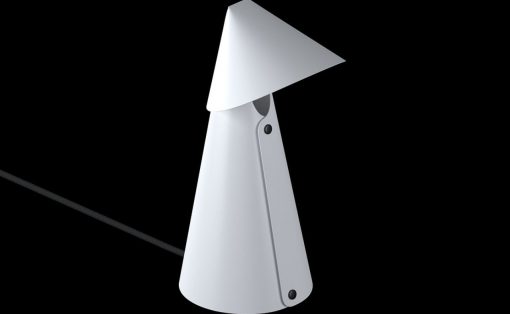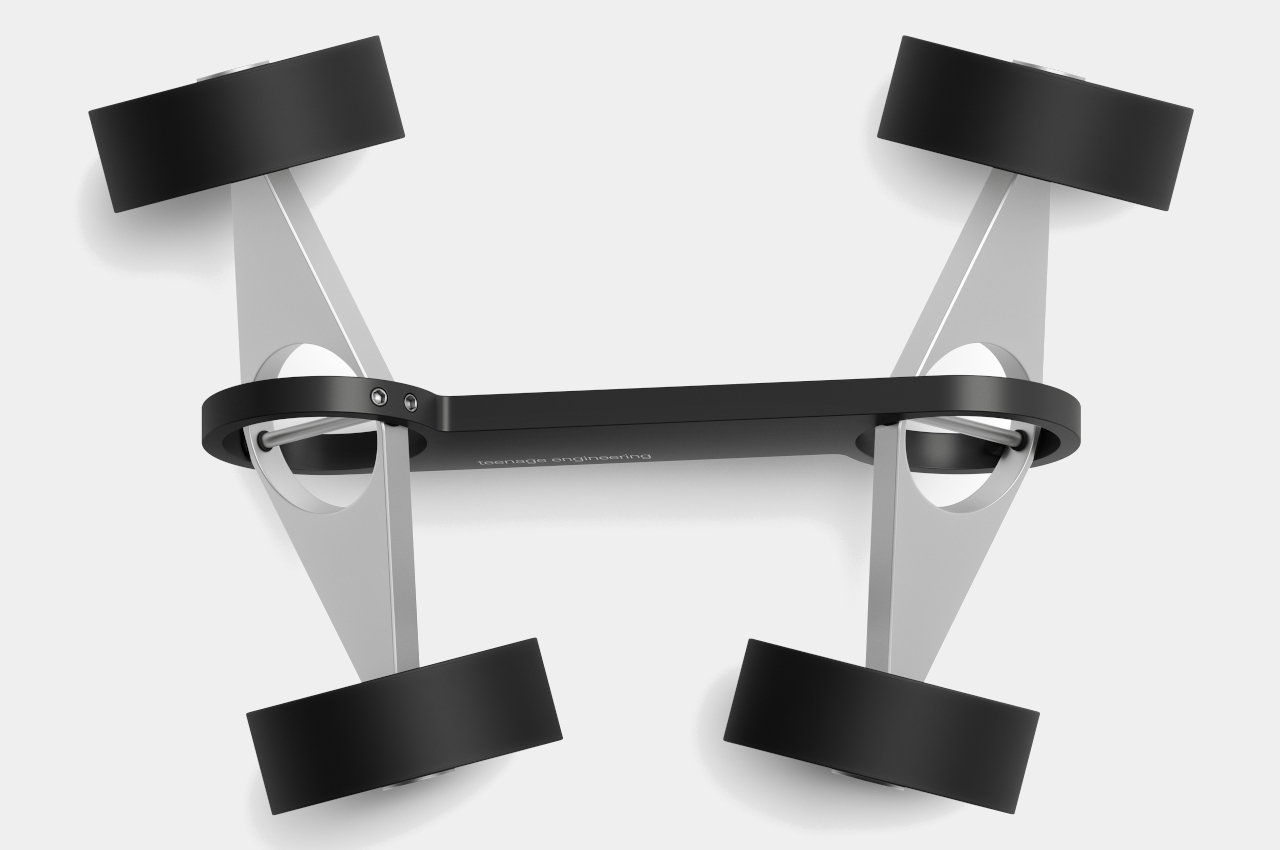
The minimalism design trend is still going strong, especially because of how it leans toward an economy of resources and production. Of course, it isn’t the only design paradigm around, nor is it always the best for every kind of product. Cars, for example, don’t easily lend themselves to minimalism because of the assortment of complex parts, some of which are required to be designed in a certain way to be safe and legal. Toy cars, on the other hand, don’t have such limitations, and aside from faithfully recreating existing cars, they can come in a variety of designs and interpretations. This particular “doodad,” for example, probably stretches the definition of a car while also trying to see how much people will be willing to pay for an odd yet beautifully minimalist toy car.
Designer: Anders Hermansen for Teenage Engineering
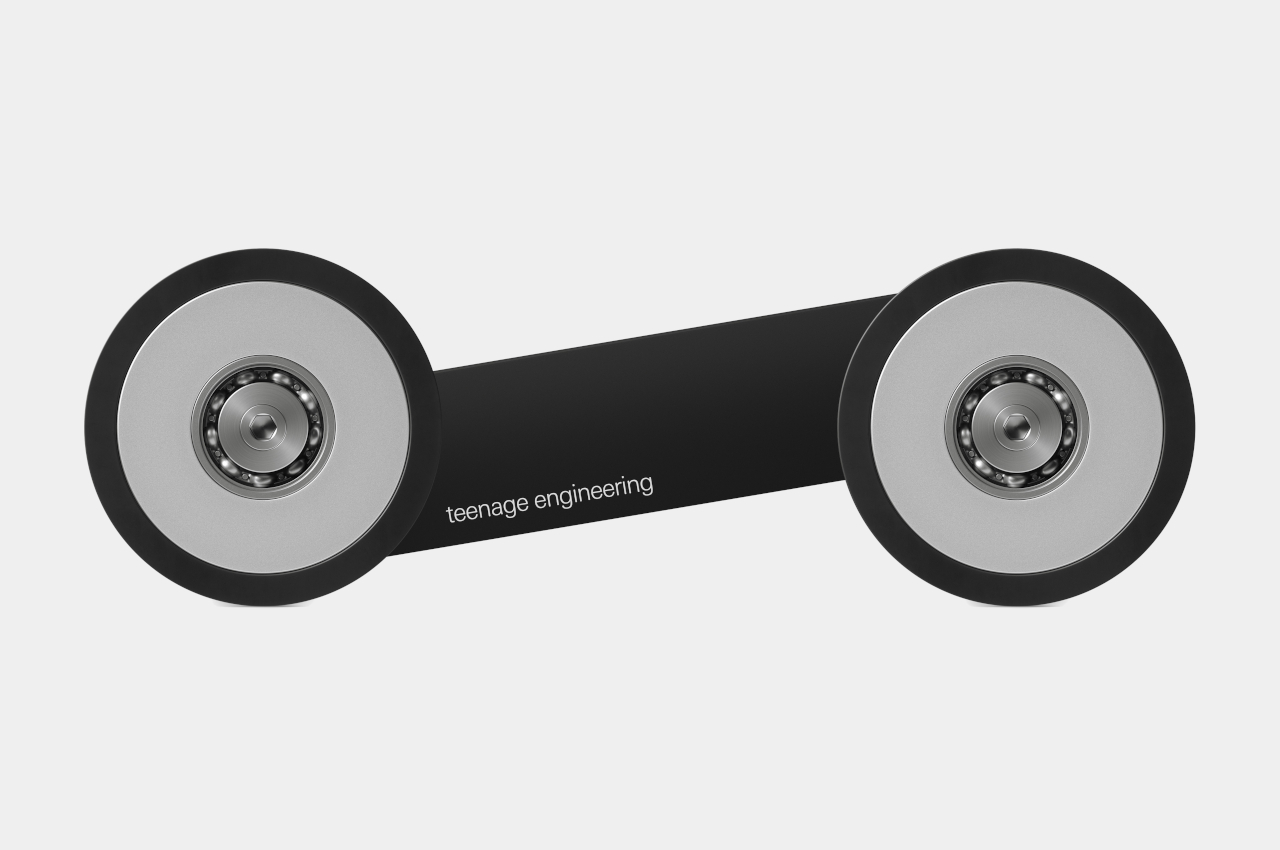
There’s a standard definition for a car, but that doesn’t apply to toys, especially not this one. In fact, the only semblance it has to a car is having four wheels, two on each side of an elongated body. This “grip car,” as it is called, doesn’t even run on its own, unlike the more advanced battery-powered vehicles that kids (and some adults) clamor for during holiday sales. It’s more like those wooden or plastic cars for toddlers that you grip by the body and move using your own power. You can push it forward or backward, spin it around, and turn it in any direction, but that’s pretty much it.
Of course, teenage engineering didn’t earn its fame from making toys. Like its other electronic products, the Grip Car is a glowing example of fine engineering and meticulous design, without the electronics in this case. The parts are CNC machined from 6063-T6 aluminum as well as stainless steel while utilizing rubber for parts like the tires. The red model gets a glossy paint job while the black and aluminum versions sport a matte surface instead. No matter at which angle you look at it, it hardly looks like a car, unless you’re simply talking about the undercarriage or even just the axles.
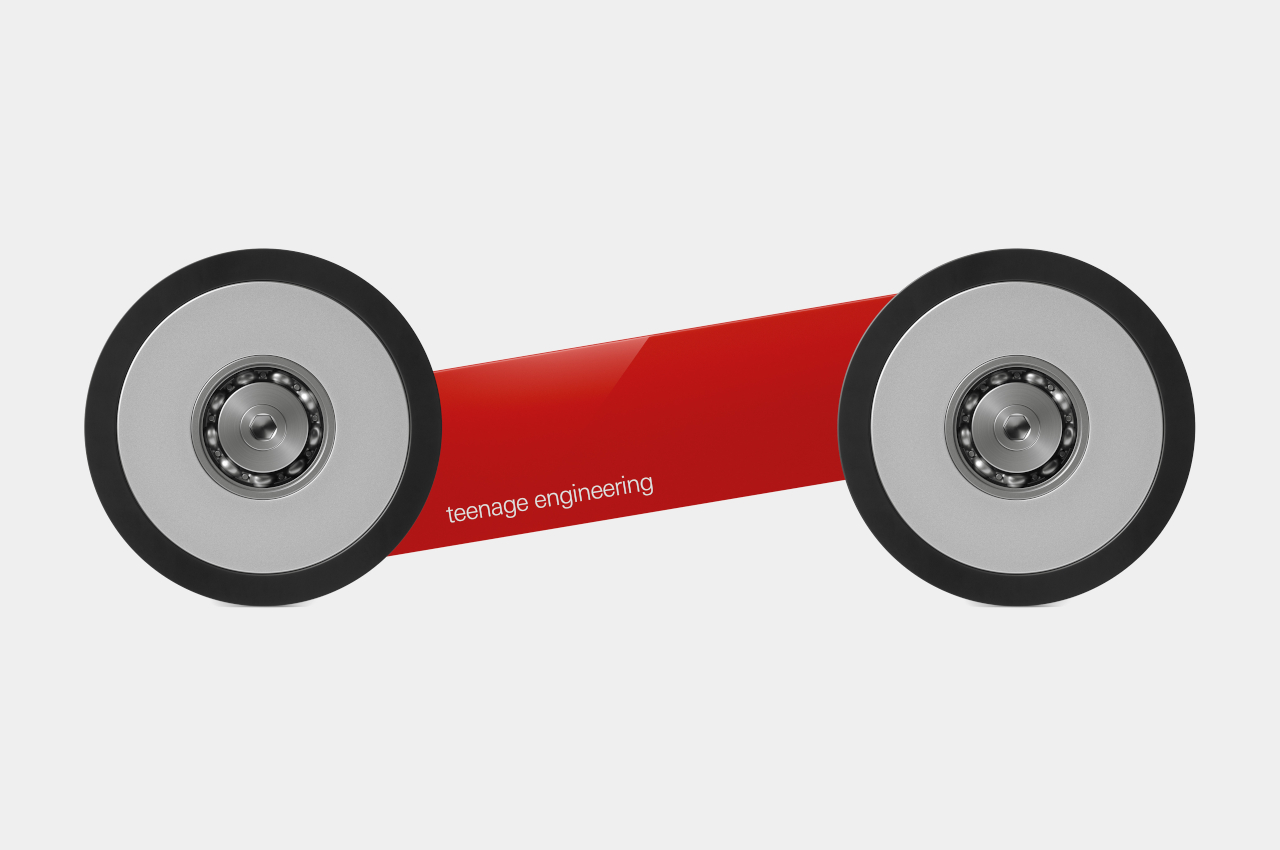
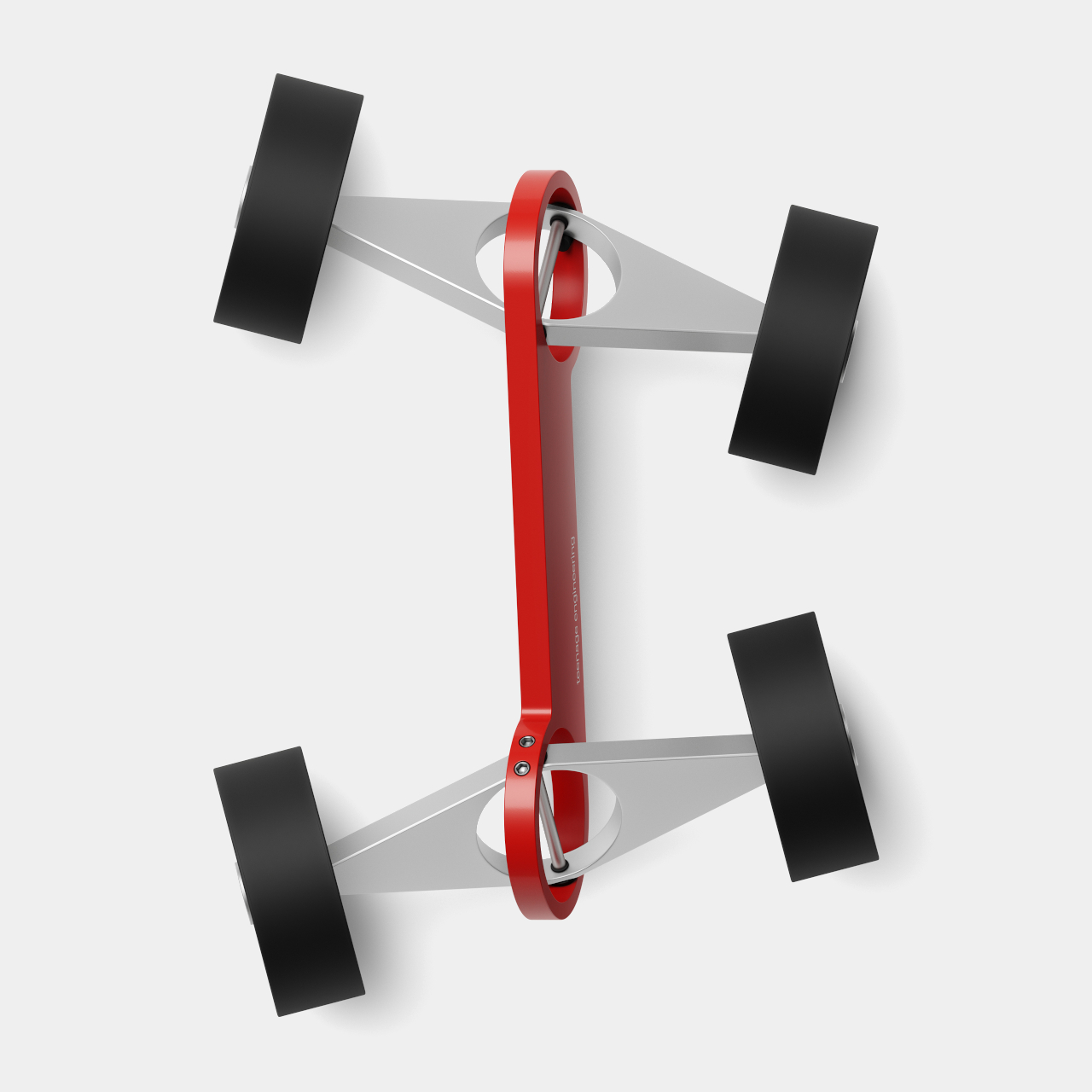
What differentiates the Grip Car even further from other toy cars is its mechanics, particularly the ball bearings that allow the car to spin 360 degrees while still keeping all four wheels grounded. This is the part where the “engineering” in teenage engineering really shines, even when there are none of the brand’s usual electronics involved. Thanks to this smooth movement and physical interaction, the toy car really encourages playful moments, making the Grip Car both a striking desk decoration as well as an addictive desk fidget toy.
The slight bump on the road is the Grip Car’s $250 price tag, an amount that sounds almost ridiculous for a beautiful yet still crude toy car. People have paid more for well-designed products, of course, but there will always be a point when it gets a little excessive. teenage engineering has established quite a name for itself, especially in the high-end audio equipment market, but it remains to be seen how well this super-minimalist and super-expensive doodad will sell.
